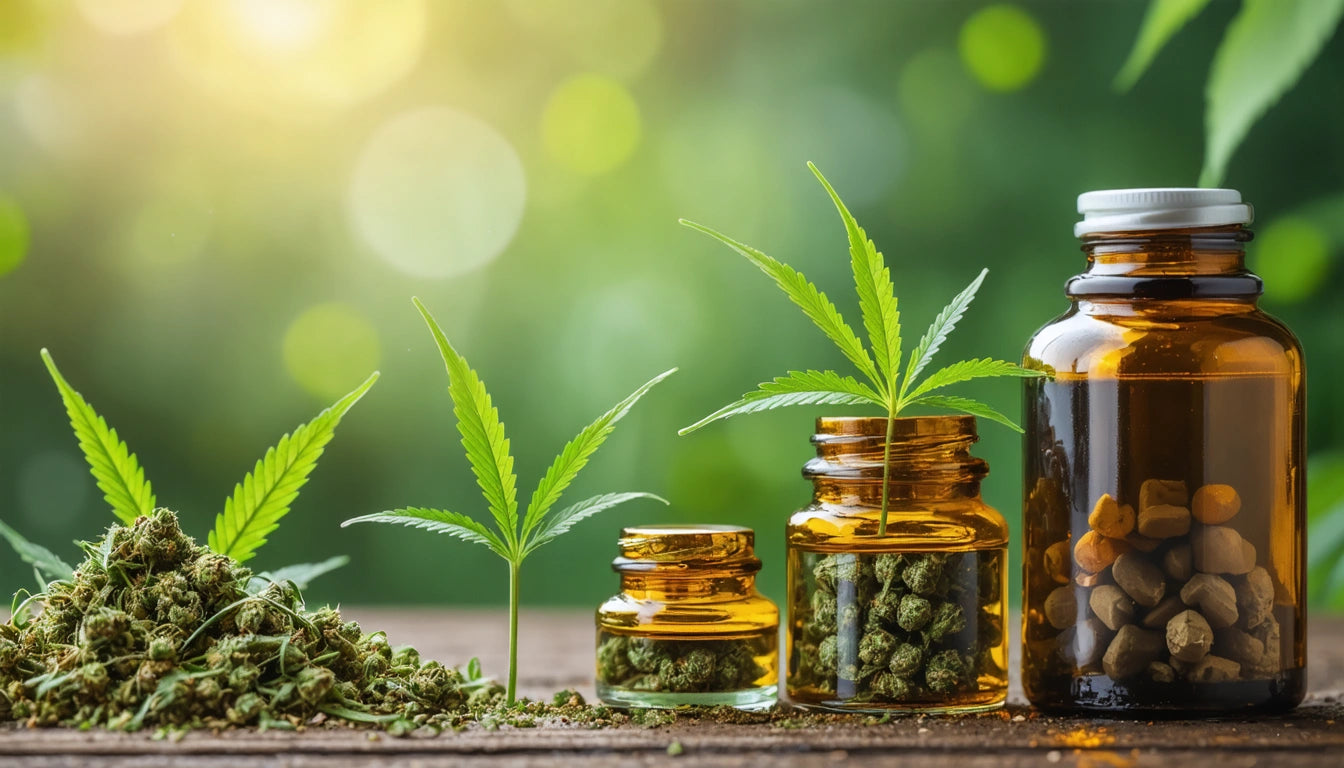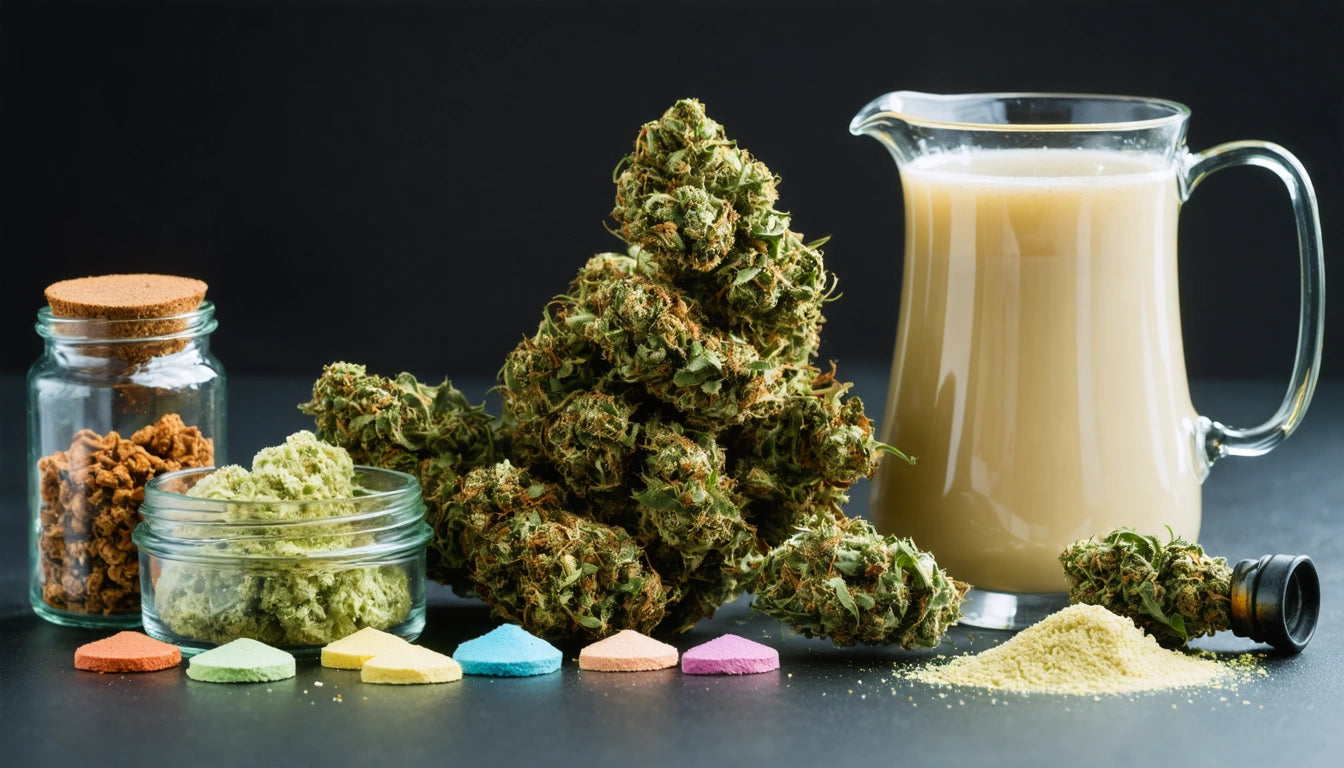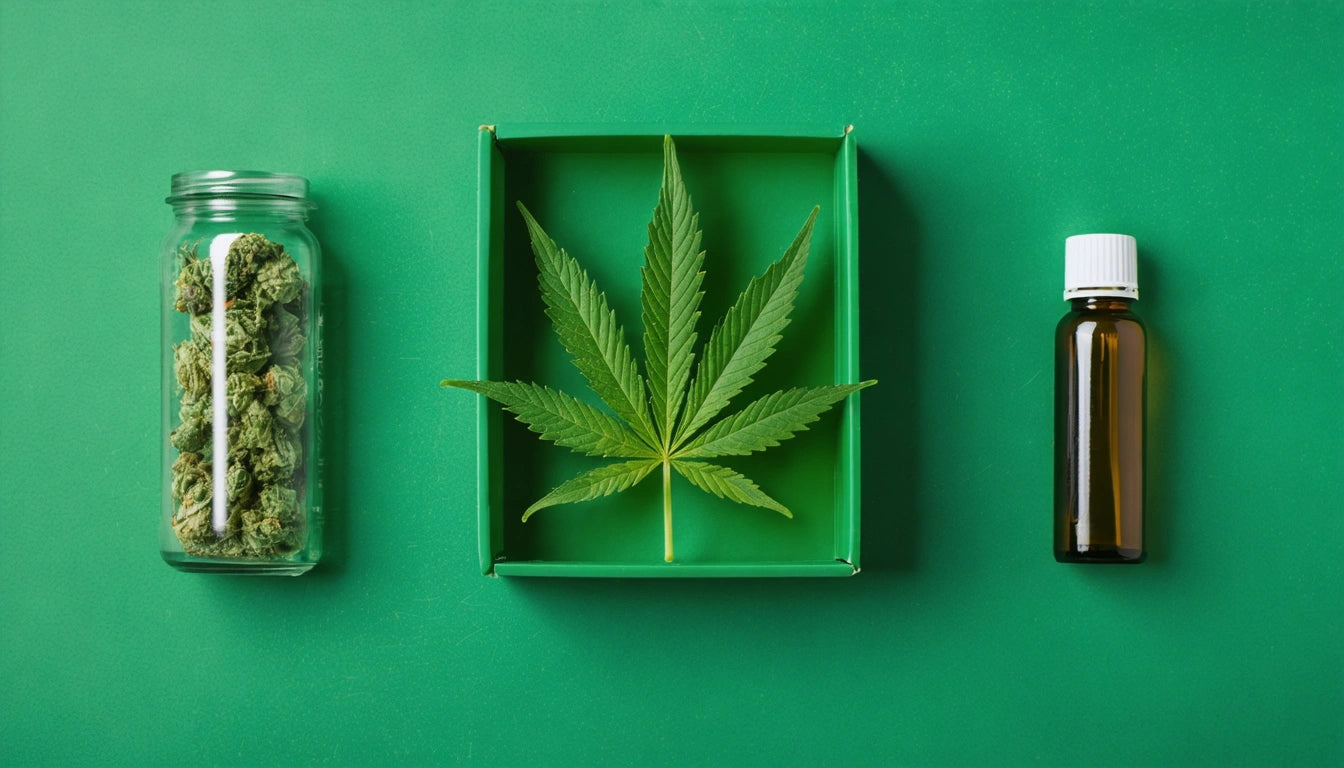Table of Contents
Cannabis packaging compliance presents a complex challenge for brands operating in North America. With regulations varying dramatically between countries, states, and provinces, understanding the nuanced requirements is essential for market success. This guide explores the key differences between U.S. and Canadian packaging regulations and provides strategies for maintaining compliance while building a distinctive brand.
Regulatory Landscape: U.S. vs. Canada
The regulatory approach to cannabis packaging differs fundamentally between the United States and Canada. In the U.S., regulations are determined at the state level, creating a patchwork of requirements that vary significantly across borders. According to this overview of U.S. cannabis packaging regulations, states like California, Colorado, and Washington have some of the most stringent requirements.
In contrast, Canada maintains a federal framework with additional provincial requirements layered on top. The Cannabis Act and its regulations establish baseline standards nationwide, with provinces like Quebec implementing additional restrictions.
Common Compliance Challenges and Costly Mistakes
Cannabis brands frequently encounter compliance pitfalls that can result in product recalls, fines, or market delays. Common compliance mistakes include:
- Inconsistent labeling of THC/CBD content
- Missing or improper warning symbols
- Non-compliant child-resistant mechanisms
- Packaging that appeals to children
- Failure to maintain proper humidity levels during storage and transport
Maintaining proper product integrity often requires specialized solutions like humidity control packs that preserve flower freshness while ensuring compliance with quality standards across different jurisdictions.
Child-Resistant Packaging Requirements
Child-resistant packaging represents one of the most critical compliance areas in both countries. The standards differ subtly but significantly between the U.S. and Canada, as detailed in this comparison of child-resistant standards.
In the U.S., most states follow the Consumer Product Safety Commission's (CPSC) standards, requiring packaging to be significantly difficult for children under five to open within a reasonable time. Canada follows similar principles but implements testing protocols specific to cannabis products.
Testing and Certification
Both countries require testing and certification of child-resistant packaging, but the specific protocols and accepted certifications vary. Working with compliance-ready packaging suppliers who understand these differences is crucial for cross-border operations.
Labeling Requirements Across Borders
Labeling regulations present perhaps the most visible differences between U.S. and Canadian markets. A comparison of labeling requirements shows that Canadian packages must include standardized cannabis symbols, health warnings in both English and French, and strict THC/CBD content listings.
U.S. requirements vary by state but generally include:
- State-specific warning symbols
- Cannabinoid content percentages
- Batch and lot numbers
- Testing information
- Manufacturer details
For companies operating in both markets, creating adaptable label designs that can accommodate different regulatory requirements without complete redesigns is essential for cost efficiency.
Branding Limitations and Creative Solutions
Canada's plain packaging rules present significant challenges for brand differentiation. Understanding these restrictions is crucial for Canadian market entry. These rules limit color usage, imagery, and even texture on packaging.
In contrast, U.S. states generally allow more branding freedom, though all prohibit elements appealing to children. Creative solutions include:
- Distinctive structural designs
- Innovative opening mechanisms
- Textural elements
- Secondary packaging strategies
Companies can find creative workarounds while remaining compliant, such as focusing on tactile experiences or innovative structural designs rather than graphic elements.
Compliance Management Strategies
Maintaining compliance across multiple jurisdictions requires systematic approaches. Effective strategies include:
Tracking Regulatory Changes
Cannabis regulations evolve rapidly. Tracking regulatory changes through industry associations, regulatory alerts, and specialized compliance services helps brands stay ahead of new requirements.
Compliance Software Solutions
Dedicated compliance software and tools can streamline packaging management across different markets. These platforms track requirements by jurisdiction and help maintain proper documentation for audits.
Preparing for Compliance Audits
Regular internal audits using guidelines for both U.S. and Canadian markets can prevent costly compliance failures. Maintaining comprehensive documentation of packaging specifications, test results, and supplier certifications is essential.
Future Regulatory Trends and Preparation Strategies
As the cannabis industry matures, regulations continue to evolve. Key regulatory changes on the horizon include increased sustainability requirements, standardization of testing protocols, and potentially more restrictive branding limitations in some U.S. states.
Brands can prepare for these changes by:
- Developing modular packaging systems that can adapt to new requirements
- Investing in sustainable packaging solutions ahead of mandates
- Building relationships with packaging suppliers who monitor regulatory developments
- Creating contingency plans for major regulatory shifts
For cannabis startups, understanding initial packaging approval processes can prevent costly delays and redesigns. Building compliance considerations into product development from the beginning is far more efficient than retrofitting existing packaging systems.
The complexity of navigating compliance across North American markets underscores the importance of working with experienced partners who understand the nuanced requirements of each jurisdiction. With proper planning and systems, brands can maintain compliance while still developing distinctive, consumer-friendly packaging that drives market success.











Leave a comment
All comments are moderated before being published.
This site is protected by hCaptcha and the hCaptcha Privacy Policy and Terms of Service apply.